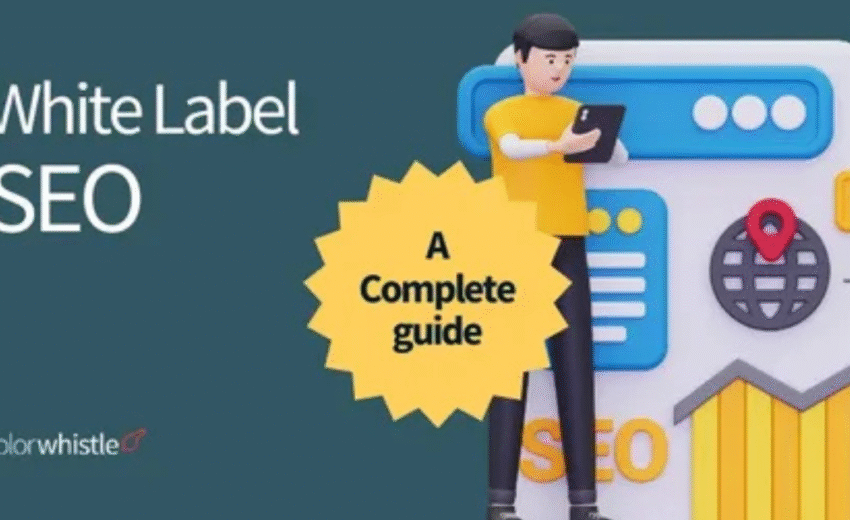In today’s digital world, visibility is everything. Have you ever typed a question into Google and noticed a quick answer appearing at the very top of the search results? That answer box is known as a Featured Snippet. These snippets provide immediate, precise answers, often without the user needing to click further.
For businesses and digital marketers, securing a Featured Snippet can significantly boost organic traffic, brand authority, and engagement. According to recent studies, featured snippets account for over 8.6% of all searches, making them a prime target for effective SEO strategies.
At AdMark Digital Media, we specialize in helping brands achieve search visibility, optimize content for Featured Snippets, and dominate position zero in Google search results.
What Exactly Are Featured Snippets?
Featured Snippets are concise answers displayed at the top of Google’s search results in a special box. They are extracted from high-ranking web pages and are designed to provide users with instant information. They appear in multiple formats:
- Paragraphs: Short text summaries directly answering the query.
- Lists: Ordered or unordered lists perfect for step-by-step instructions or rankings.
- Tables: Organize complex data like pricing, specifications, or comparisons.
- Videos: Include a thumbnail and brief description to provide visual guidance.
These snippets not only improve the user experience but also position your content as an authority in your niche.
Why Are Featured Snippets Important?
1. Boost Organic Clicks
While some snippets result in “no-click searches,” many attract users to your website. Studies indicate a click-through rate (CTR) of over 42.9% for content featured in snippets.
2. Increase Brand Visibility
Appearing in position zero can dominate up to 50% of mobile screens, giving your brand instant exposure to users.
3. Enhance Website Authority
When Google highlights your content as a Featured Snippet, it signals to users and search engines that your site is a trustworthy resource. This improves domain authority and long-term SEO performance.
4. Improve Conversion Rates
By providing instant answers, snippets attract users who are closer to taking action, enhancing your conversion potential.
5. Strengthen SEO Strategy
Optimizing for snippets also improves content readability, keyword targeting, and overall search engine optimization, creating compounding SEO benefits.
Types of Featured Snippets
Understanding snippet types is crucial for targeting them effectively:
Paragraph Snippets
Concise summaries that answer questions directly in a single paragraph. Ideal for definitions, explanations, or general answers.
List Snippets
Present information in steps or bullet points. Perfect for “how-to” queries, checklists, and rankings.
Table Snippets
Organize data clearly for easy interpretation. Commonly used for pricing comparisons, specifications, or statistical information.
Video Snippets
Show a thumbnail and description from YouTube or other video platforms. Great for tutorials, demonstrations, or product walkthroughs.
How to Optimize Content for Featured Snippets
Achieving a Featured Snippet requires a combination of strategic SEO, content optimization, and user-focused writing. Here’s a step-by-step approach:
1. Target the Right Keywords
Focus on long-tail and question-based keywords that reflect user intent. Tools like SEMRush, Ahrefs, and Google’s “People Also Ask” help identify snippet-friendly queries.
2. Create High-Quality Content
Content should be informative, authoritative, and well-structured. Use clear headings, subheadings, and bullet points. Ensure your content is original and provides unique value to readers.
3. Write Concise Answers
Google favors short, direct answers for snippets. Keep paragraphs under 50–60 words when responding to specific queries.
4. Use Lists and Tables Where Applicable
For step-by-step instructions or data comparisons, lists and tables increase the likelihood of being selected as a snippet.
5. Include Multimedia
Visual content like images and videos can enhance understanding and improve snippet selection for tutorial-related queries.
6. Structure Your Content Logically
Headings and subheadings should clearly outline the topic and subtopics. Google identifies these structures to determine snippet eligibility.
7. Analyze Competitors
Review competitors’ snippets to identify gaps, opportunities, and best practices. Learn from successful content and refine your approach to outperform them.
8. Stay Relevant
Content must directly answer user queries. Avoid unnecessary fluff, and focus on providing value while addressing the main question.
9. Answer Related Questions
Include a FAQ section or “People Also Ask” answers. Covering related queries can help your content appear in multiple snippets, enhancing visibility.
Benefits of Optimizing for Featured Snippets
- Higher Click-Through Rates – Snippets attract user attention, increasing organic traffic.
- Authority and Credibility – Positioning at the top signals expertise and trustworthiness.
- Improved User Engagement – Snippets provide immediate value, keeping visitors on your site longer.
- Enhanced Mobile Visibility – Snippets occupy prime screen real estate on mobile devices.
- Competitive Advantage – Outranking competitors in “position zero” builds market dominance.
How AdMark Digital Media Can Help
At AdMark Digital Media, we specialize in SEO services that focus on high-impact results. Our team uses proven strategies to help businesses:
- Optimize content for Featured Snippets and position zero
- Conduct keyword research targeting snippet-friendly queries
- Develop high-quality, user-focused content
- Implement structured data and schema markup for enhanced search visibility
- Analyze competitors and identify snippet opportunities
By combining technical SEO, content strategy, and analytics, we ensure your website gains maximum exposure while driving qualified traffic and engagement.
Key Takeaways for Businesses
- Featured Snippets are a powerful SEO tool – They increase visibility, credibility, and CTR.
- Content must be concise, structured, and high-quality – Short paragraphs, lists, and tables improve snippet potential.
- Target long-tail, question-based keywords – These match user intent and improve chances of being featured.
- Analyze and adapt – Monitor competitors’ snippets and refine your strategy continuously.
- Invest in professional SEO services – Agencies like AdMark Digital Media provide the expertise to optimize for snippets effectively.
Final Thoughts
As Google evolves, securing a Featured Snippet is not just about ranking—it’s about positioning your brand as an authority and providing instant value to users. By focusing on high-quality content, structured data, and strategic keyword targeting, your business can achieve position zero, increase organic traffic, and enhance overall digital presence.
At AdMark Digital Media, our team leverages industry-leading SEO practices to ensure your content is snippet-ready and optimized for maximum visibility. From strategic planning to content execution, we help businesses dominate the search results and achieve measurable growth.
FAQ: Featured Snippets
Q1: What is a Featured Snippet?
A: A Featured Snippet is a concise answer displayed at the top of Google search results to provide users with quick, relevant information.
Q2: How can I get my website in a Featured Snippet?
A: Focus on high-quality content, target long-tail question keywords, use lists and tables, and structure your content logically.
Q3: Are Featured Snippets free?
A: Yes, Featured Snippets appear organically based on Google’s algorithms and your content’s relevance.
Q4: Do snippets increase website traffic?
A: Yes. Featured Snippets can significantly boost organic traffic and click-through rates, even without ranking first in traditional search results.
Q5: How long does it take to appear in a snippet?
A: It depends on SEO factors, content quality, and competition. Typically, high-quality optimized content may appear in weeks to months.
Q6: Can videos appear in Featured Snippets?
A: Yes, video snippets often appear for tutorial or demonstration queries, especially from platforms like YouTube.


